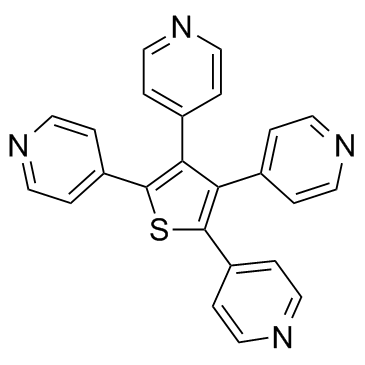| Structure | Name/CAS No. | Articles |
|---|---|---|
 |
GANT58
CAS:64048-12-0 |
| Structure | Name/CAS No. | Articles |
|---|---|---|
 |
GANT58
CAS:64048-12-0 |